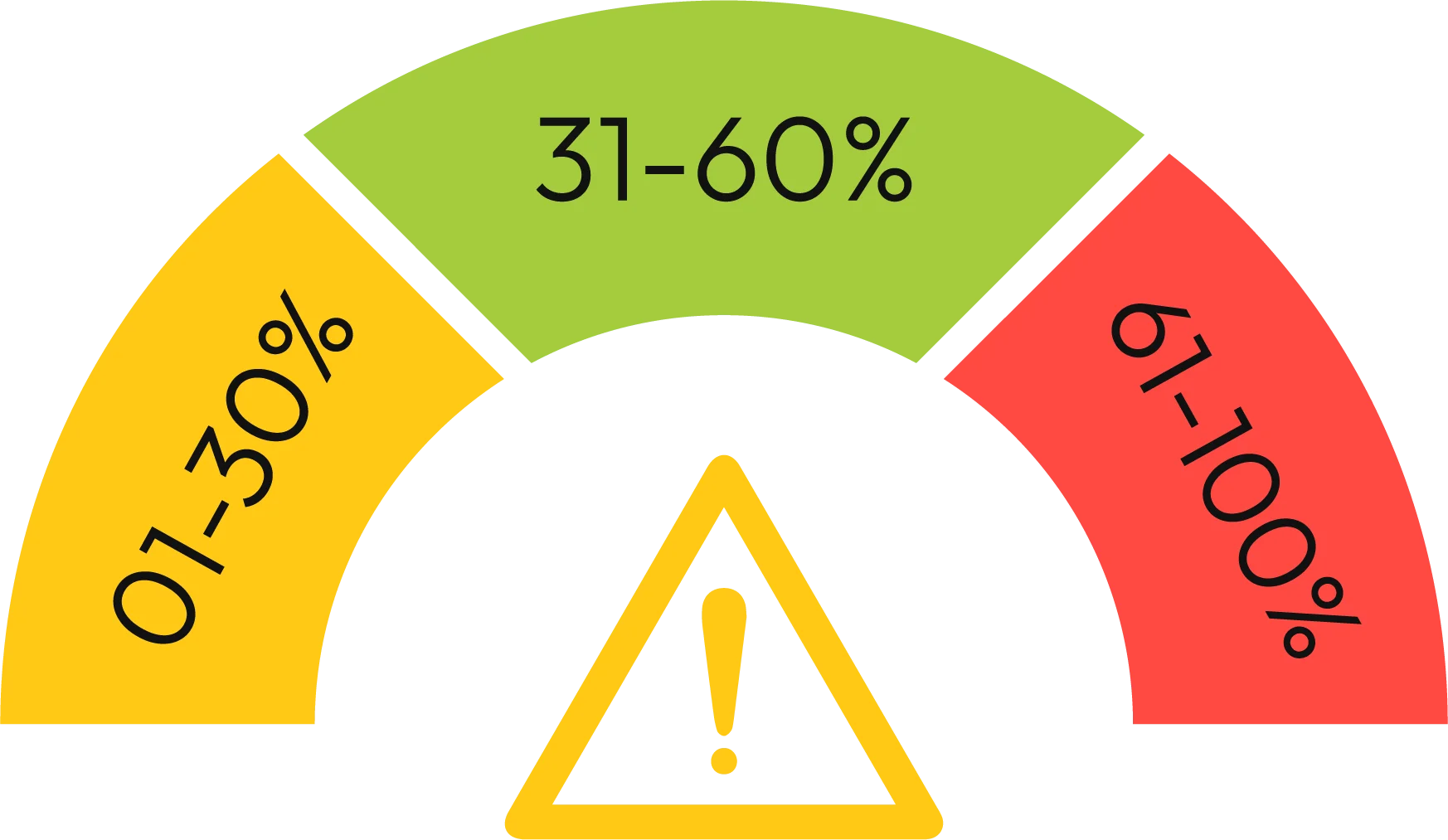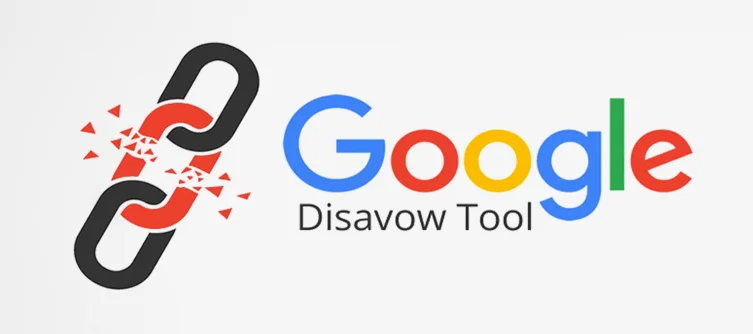3 Reasons Why Spam Score is Critical in 2023
Learn more about the Spam Score metric in Link Explorer and the Links section of your Campaign by reading this guide.
Are you interested in learning how to check and maintain your spam score? Check out our advice on investigating the spam score.
Spam score
In this context, Spam Score reflects the percentage of sites that have parameters with the one you’re looking up that have been blacklisted or prohibited by Google.
In simple words, it’s the penalty for the toxicity on one’s website which may harm your digital growth in multiple ways.
Effects of spam score on the website
Websites with a high spam score are penalized for busting Google’s and other search engines’ guidelines. One of the leading causes of a high spam rating for a website is
- Duplicate content.
- Mature themes
- Violent material
When this kind of content is published, Google will either promote the website negatively or shut down the site entirely. Be sure to do thorough research on the subject before publishing any content.
Levels of spam score

There are three components that influence spam rating.
- Low -1% -30%
- Low to Moderate: 31%-60
- High – 61%-100%
If the score falls between 1% – 30% your spam score is good and you have nothing to worry about. However, if your score is in the “moderate risk” or “high risk” range, you should take precautions immediately. If you don’t, you might get some unfavorable feedback or even have your website banned.
Always remember that the spam score must be less than 5%.
3 Reasons why to keep a check on your website domain’s spam score
- If your website or links have a high spam score, Google will take this as a negative signal and will likely rank you lower in search results.
- If your site has a high spam rating, it may be taken down by the Google
- It’s possible that Google won’t give your site the traffic it needs to rise in the rankings, so instead it will get unfavourable press that could hurt your reputation.
How to use spam score?
Now that you know exactly what a Spam Score is, the next question is what you should do with that knowledge.
- Negative spam domain
Spam Score will tell you if your subdomain is spammy, and if it is, you need to investigate and fix the underlying causes of spam straightaway. If your site has a spammy subdomain, it may not perform as well in search engines.
- Relevant inbound links
Find out if the quality of the links that lead to your site is high. Beginners in search engine optimization often incorrectly believe that a larger number of backlinks is better, but the old platitude holds that “quality beats quantity.” If you want to rank well in search engines, you need to make sure the sites linking to yours are authoritative.
- By using a Disavow Mechanism

You may not always be able to prevent a spammy website from linking back to you. Your search engine rankings may suffer as a result. You can use Google’s Disavow Tool if you have no control over spammy links.
As you specify which links you want Google to ignore, this tool will do just that, potentially saving your site from a penalty.
As committing disavow files can have a significant impact on search engine optimization, Google’s Disavow tool alerts users beforehand.
A cautionary note from Google’s Disavow tool
While this is a great tool for boosting your search engine rankings, we don’t advise using it at your leisure. For this reason, Google recommends waiting until you know for sure that a large number of low-quality backlinks have harmed your site before using the tool. If you can get the link removed by simply emailing the source, you won’t need to resort to using Google’s Disavow Tool. This should be handled delicately because it has the potential to be misconstrued as malicious and has a bad reputation, but there are always diplomatic ways to go about it.
How often do you check your spam score?
One must check the spam score either to the performance of the website or once a month.
As it’s best to check once a month to know the toxicity before it’s too late. As we have discussed earlier that if it’s high (61%-100%) Google will start promoting your website negatively or block it completely. It’s better to take action before it’s too late.
What are the factors affecting spam scores?
Using a massive dataset of previously penalized and banned domains as input samples, we can pinpoint the specific signals that are most strongly associated with sites receiving such a penalty.
- Websites with a low Visitor Rank in clickstream panels are more likely to be spam than those with a high Visitor Rank.
- Spam is often associated with using a non-local rel=canonical tag.
- Title Element Length Pages with unusually long or short titles tend to be spammy.
- Extremely long or short meta description tags have been linked to spammy websites.
- Meta Keyword Length Spam sites tend to have pages with very long meta keyword tags.
- Favicon (Favorites Icon in the Browser) Spam sites almost never have a favicon, while legitimate sites frequently use them.
- Pixel de Facebook Facebook’s tracking pixel is rarely found on spam sites.
- Spam sites typically have either an extremely high or extremely low number of external outlinks.
How to reduce spam scores?
Open Site Explorer will calculate a Spam Score for the page you’ve chosen, and clicking on the score will take you to the page where you can fix the problem. When you click this, you’ll be taken to a new page where the various factors used to determine a message’s Spam Score are summarised. The screengrab below (website identities have been obscured to protect the innocent!) shows the criteria that your tested URL has violated in bold, while those that do not concern the URL in question appear somewhat transparent:
Criteria for Moz spam scores

You should analyze your website and backlink profile to determine which of the highlighted “spam flags” represent legitimate concerns. It will be simpler to correct some of these than others. You will likely have a great deal of say over factors like thin page copy, and you can fix this ‘flag’ by composing original, descriptive, and interesting copy for the pages that have been marked as problematic. However, depending on the size of your backlink profile and the depth of your knowledge, rearranging the ratio of followed and no-follow links in your website’s backlink profile may end up being a herculean task that could take several months to complete.
If you want to maintain a high Spam Score, you need to make sure that you’re always using the best online practices in everything you do. It’s easy for us to say, but what about the websites and businesses that can’t afford to start over?
Each website will undoubtedly have unique problems and challenges, so there is no “silver bullet” for reducing the Spam Score of websites with numerous flags. It usually takes a lot of forethought and effort to get a site’s score down to a respectable range. Since this is often outside of the purview of most website owners and businesses, it is recommended that they hire a professional digital marketing agency to conduct a comprehensive technical SEO audit.
It may seem odd to include a sales pitch in an article, but the reality is that most people will not be able to make a noticeable difference in their Spam Score without assistance from outside sources. However, in the following section, we will provide you with some advice to help reduce your Spam Score because we are nice like that.
How do you analyze your spam score?
Locating a website’s Spam Score is the simple part. Simply enter your domain name into Moz’s Open Site Explorer and a brief report will be generated instantly. We’ll skip over the report’s other metrics like domain/page authority and inbound links in favor of diving deeper into the Spam Score.
Spam score checker
Check your spam score here now for free
Conclusion
There you have it. It’s common for those working in SEO to place a premium on Spam Score as a key performance indicator. But if you have been following solid SEO procedures from the start, there shouldn’t be too much of a problem. Until your site has racked up a significant amount of Spam Score, you probably won’t notice any problems. If that happens, it’s a sure bet that your site is suffering in terms of more concrete SEO KPIs like organic traffic, conversions, and revenue. Your Spam Score will be the least of your worries in that case.
Get in touch with us if you’re having trouble with your Spam Score and would like some assistance.